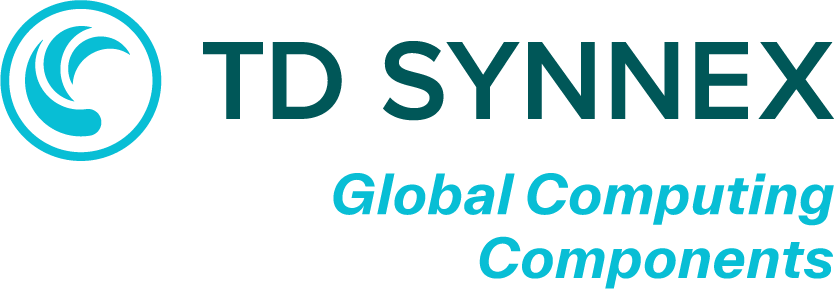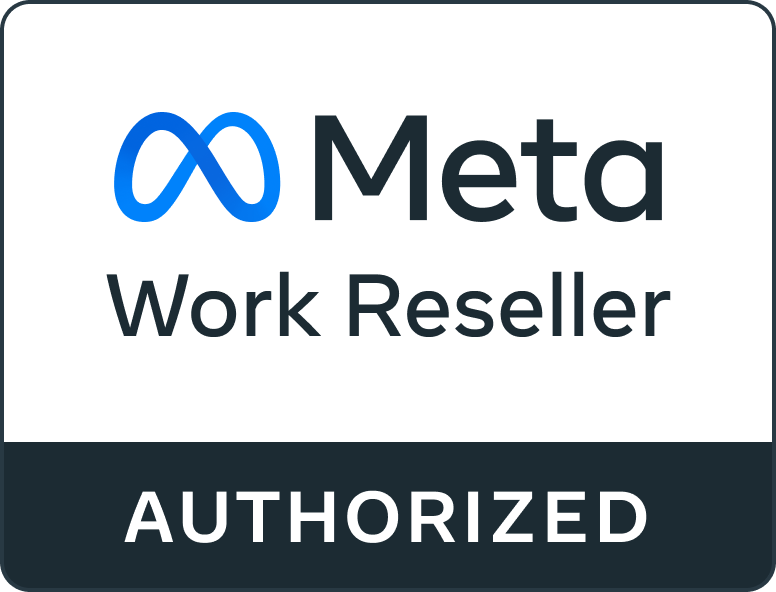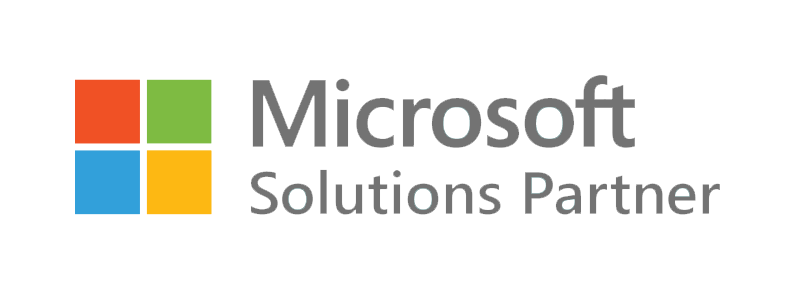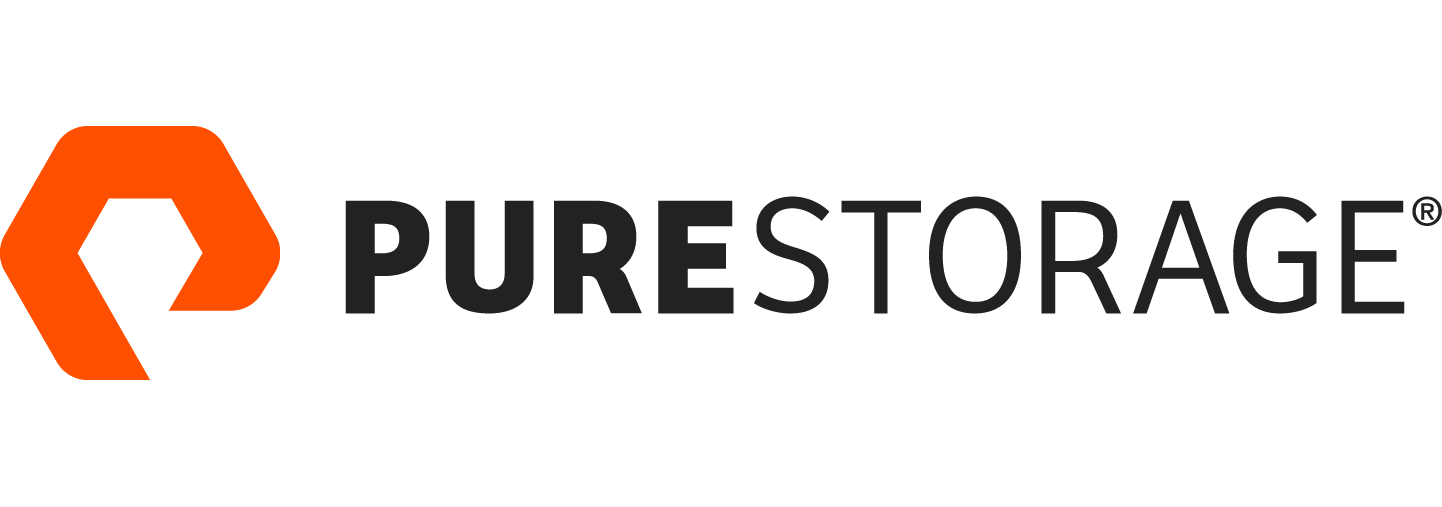Why partners need to get empowered to take the AI PC opportunity
While AI PCs are exceeding expectations for early adopters, partners need a good grasp of use cases to capitalise on the potential, says Brandon Lieberthal, VP, PC Systems & Print Solutions – Europe.
Categories
Author
AI PCs have arrived and are in stock and ready to ship and for partners, the priority (after learning about AI PCs and how to position them with customers) will be to identify and target the early adopters.
They will certainly appeal in the creative industries – to graphic designers, video editors, and digital artists. Software development professionals, data scientists, and knowledge workers in the financial services industry are also likely to be amongst the first to show a keen interest in finding out more.
Users in these segments will be able to make good use of the ability of AI PCs to work at speeds of up to 40 trillion operating processes per second (TOPS). They will provide the computational power needed for high-definition rendering and editing, for prototyping and testing of applications at enterprise scale, and for predictive analytics, risk assessment, and algorithmic trading.
Obvious targets
For the channel, these sectors are fairly obvious targets and they should have the budgets to invest in AI solutions. But of course, they are also highly competitive and the partners that succeed will the ones equipped with a good understanding of AI solutions and the capability to support customers in getting the most out of their investments.
In other segments there will be less competition, but partners will also need to overcome objections around cost. In both healthcare and education there is a great deal of interest in using AI to drive transformation – for patient diagnostics, data analysis, and tailored medicine in the former and for lesson planning, basic assessments and marking, and personalised learning in the latter.
One strong appeal of these new devices in these vertical markets is their ability to enable faster, AI-driven processing of data at the edge. As well as providing faster results that will enhance and speed-up decision-making, this avoids the security risks of running AI in the cloud.
The same benefits will also have a strong appeal in the enterprise sector, where data protection and integrity are key and there is a need to meet governance requirements. Here too there will be good potential to user AI to drive improvements and efficiencies in customer service, staff training and content creation.
Positive feedback
In all these industries, we are already getting positive feedback from early adopters about the profound and positive impact an AI PC can have on productivity. Features such as real-time language translation, predictive typing and automated transcription are giving users a better and more personalised experience. The faster processing, smarter functionality and more efficient workflows they enable, means that in AI PCs are already exceeding expectations.
AI tools like Microsoft Copilot, with their advanced conversational capabilities, are making it easy for users to take advantage of the liberating new power of their personal systems. This is making AI PCs even more attractive for businesses and driving curiosity and sales opportunities.
Partners who can learn to adapt and tailor Copilot and other tools to meet the specific needs of customers in areas will find no shortage of opportunities to sell, not only to sell AI PCs, but also to offer consultancy, development, integration and training services.
Empowered to respond
We are now in the early stages of the AI PC revolution. It’s been a positive start and this year we can expect around 10-15% of new PCs to be AI-capable. As more AI-driven products arrive and awareness of their capabilities grows, the potential for partners will continue to grow. There will be plenty of good cross- and up-selling opportunities as sales of AI PCs accelerate over the coming months and into 2025.
Partners that are empowered to respond to that growing demand are going to thrive. Getting an early understanding AI and the many benefits it can bring in different industries and scenarios, and how the technology is evolving, will give partners a distinct advantage.
This is why we have designed our Destination AI enablement and support programme to help partners understand the technology, identify opportunities and talk to customers about the benefits of AI. Equipped with that knowledge and with confidence, they will be ideally-placed to take full advantage of the AI PC revolution that is now upon us.



















